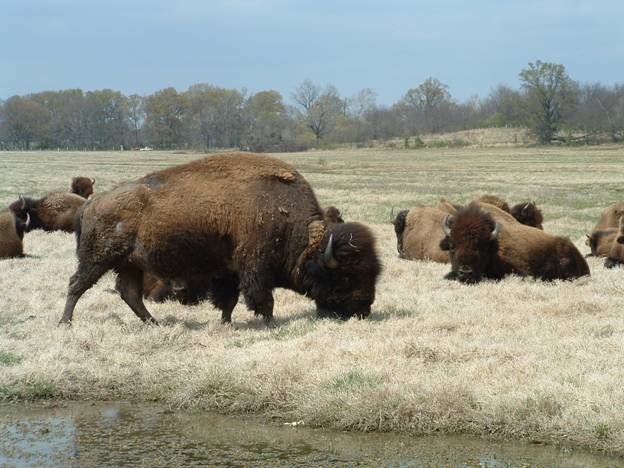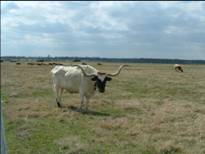Evolution
How did life come to exist in its modern forms? Why are animals so well adapted to their environments and lifestyles?
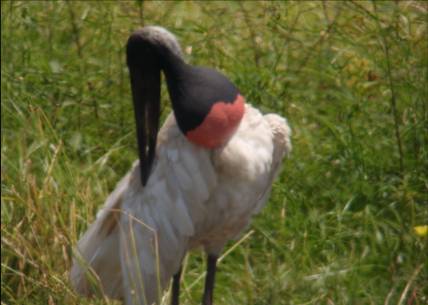
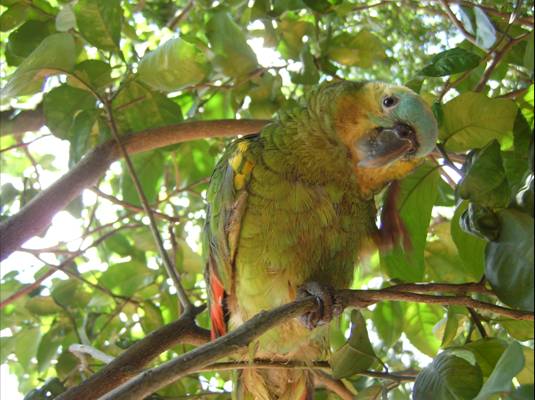

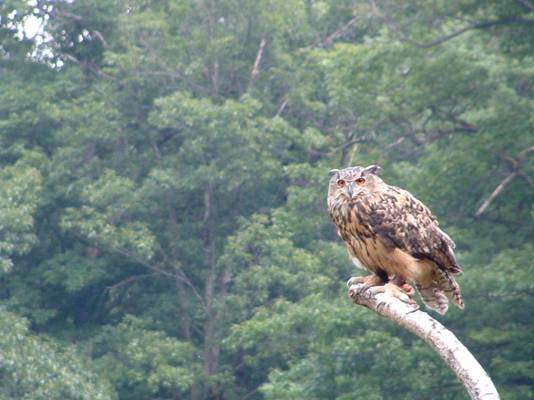
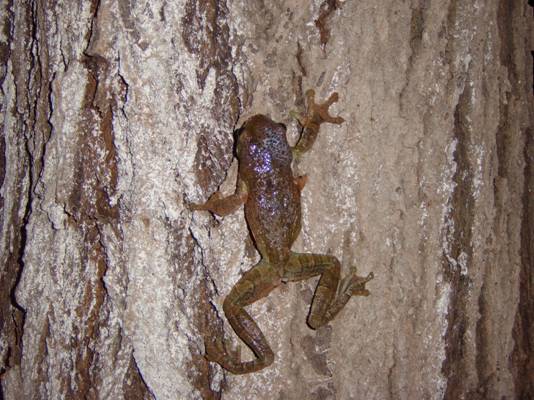
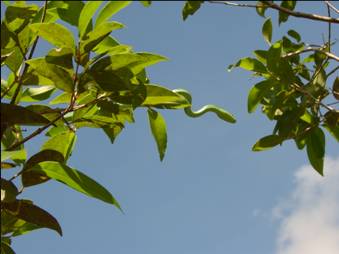
Before Darwin, the most common belief concerning life on earth was that living things first appeared on earth in their present form and that they would remain essentially unchanged until the end of life on earth. There were some biologists who believed that life could change over time but they lacked a mechanism by which this change occurred; some proposed that species "had an inborn drive to perfection", an innate tendency to move toward ever "higher, better" forms. We now know that there is no such innate tendency. Darwin proposed a mechanism whereby change could occur over time in response to environmental conditions and Darwin used the following reasoning:
EVOLUTION STEP 1: FERTILITY IS GREAT BUT RESOURCES CAN BE LIMITED; AS A RESULT ONLY SOME SURVIVE TO REPRODUCE
1A) FERTILITY
Species produce more offspring than are needed to replace the adults of the previous generation. The number of spores produced by a single fungus or fern, for example, can number in the thousands. Among invertebrates, it is common for a single female to produce hundreds, if not thousands, of eggs. All the ants, bees, or termites in a colony are the offspring of a single female. If all of the female offspring of a single mother produced their maximum number offspring, populations would literally explode. For example, the number of house flies which could descend from a single pair in just three months could number in the hundreds of thousands of trillions (10 to the twentieth power).
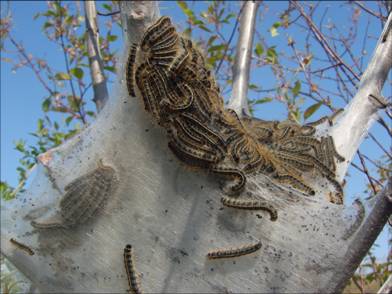
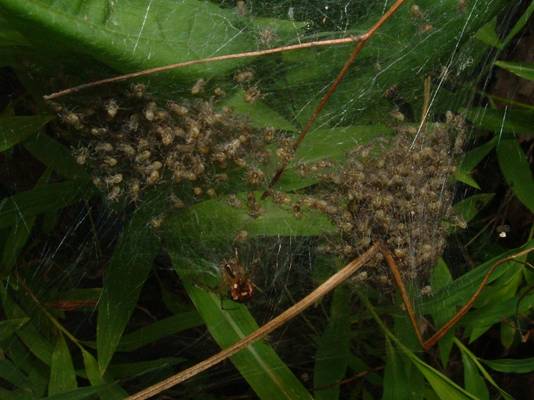
If one could allow a bacterium which divides every 10 minutes to produce its maximum number of offspring, the number of bacteria which would result would be 4,000 after 2 hours, 500,000 after 3 hours, 32 million after 4 hours, 2 billion after 5 hours, 125 billion after 6 hours, 6 trillion after 7 hours, enough to surpass the weight of the earth in 24 hours and more than the number of protons in the universe after 4 days.

Vertebrates also have an amazing ability to reproduce. The following image depicts all the eggs inside a female lamprey.
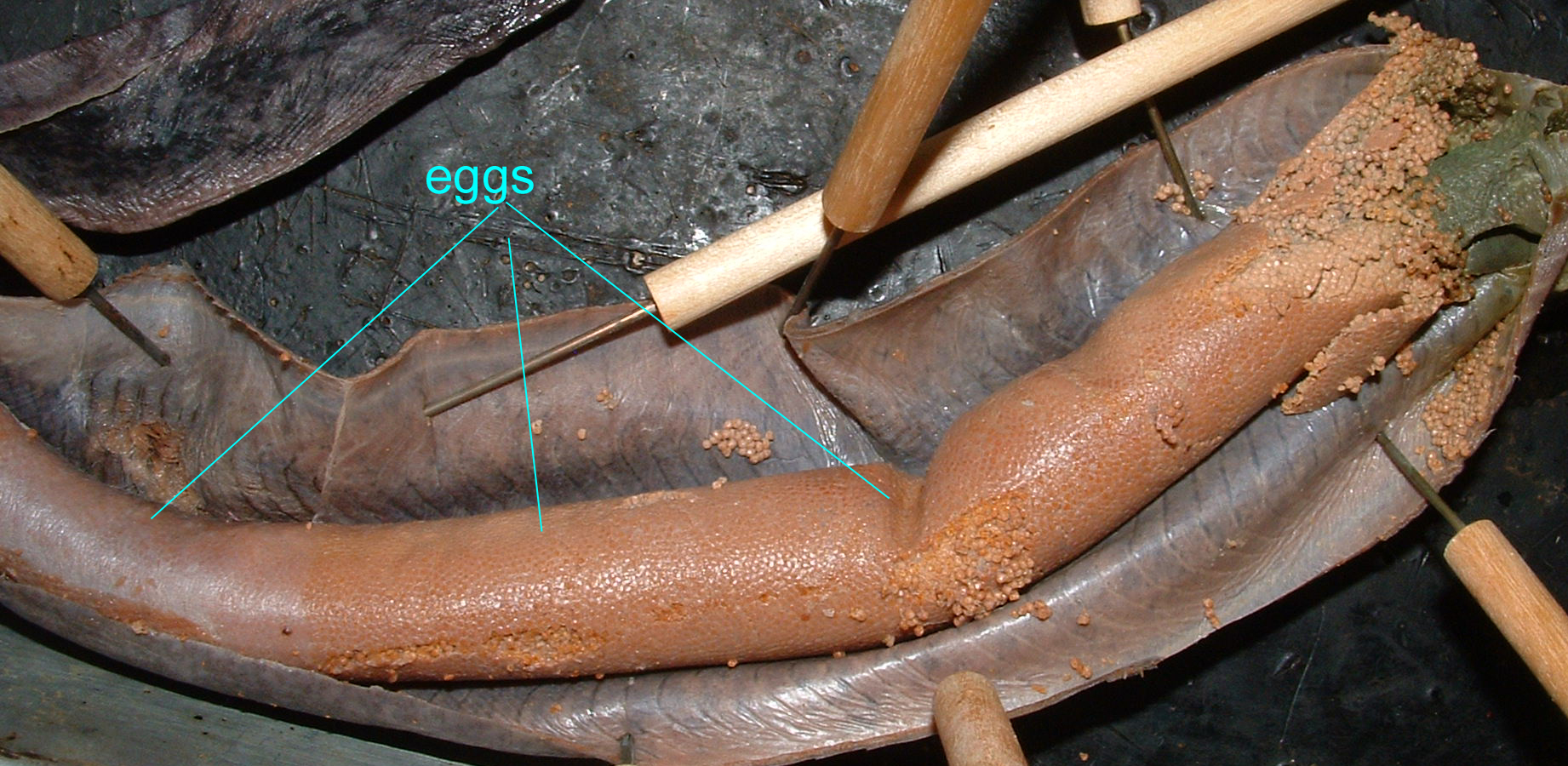
Female frogs can lay up to 5,000 eggs in one clutch. A female snapping turtle may lay over 100 eggs in a clutch; some snakes can lay 100 eggs in a clutch.
Two hundred years ago there were fewer than a billion people on planet earth. Today there are almost 7 billion. If global population continues to double at its current rate of every 40 years, almost 7 trillion would exist in four more centuries about 1,000 people for every person currently alive.
1B) LIMITED ENVIRONMENTAL RESOURCES
While there is a potentially unlimited number of offspring, environmental resources are limited. There is a limited amount of food in any given area, a limited amount of water, a limited amount of sunlight reaching the forest floor, a limited amount of oxygen dissolved in the water, a limited number of den sites, etc.
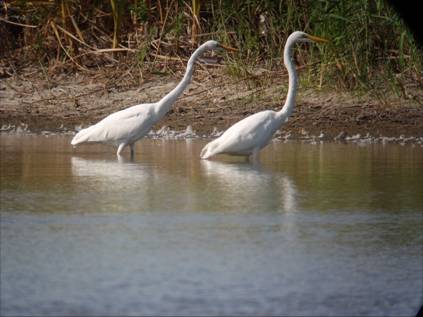
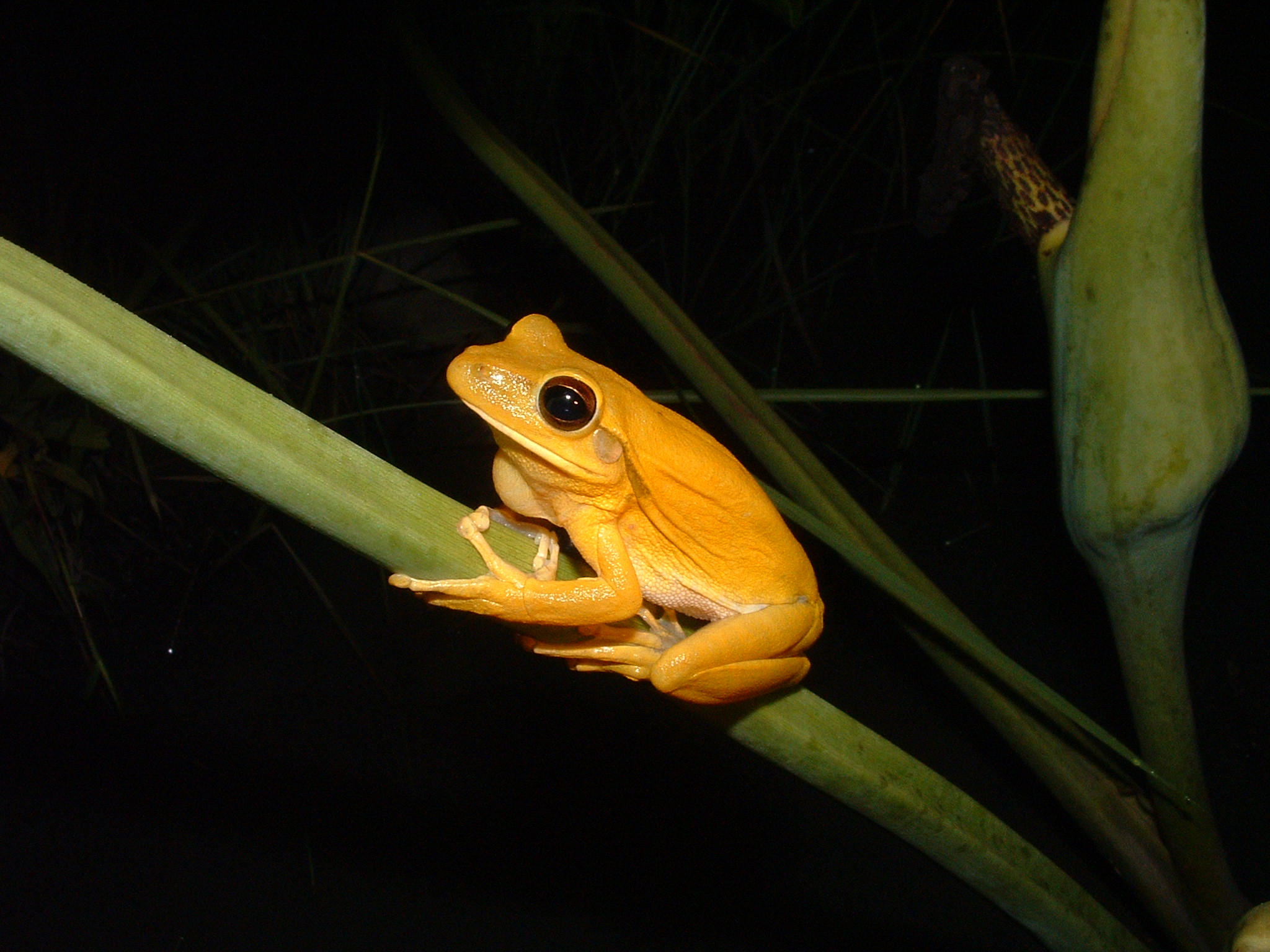
For example, there is not an endless amount of fish for these egrets nor insects for this frog.

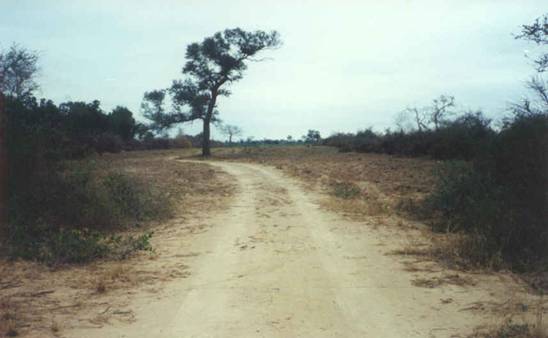
There are places where environmental conditions to not allow plants to grow. There are areas where water is scarce.
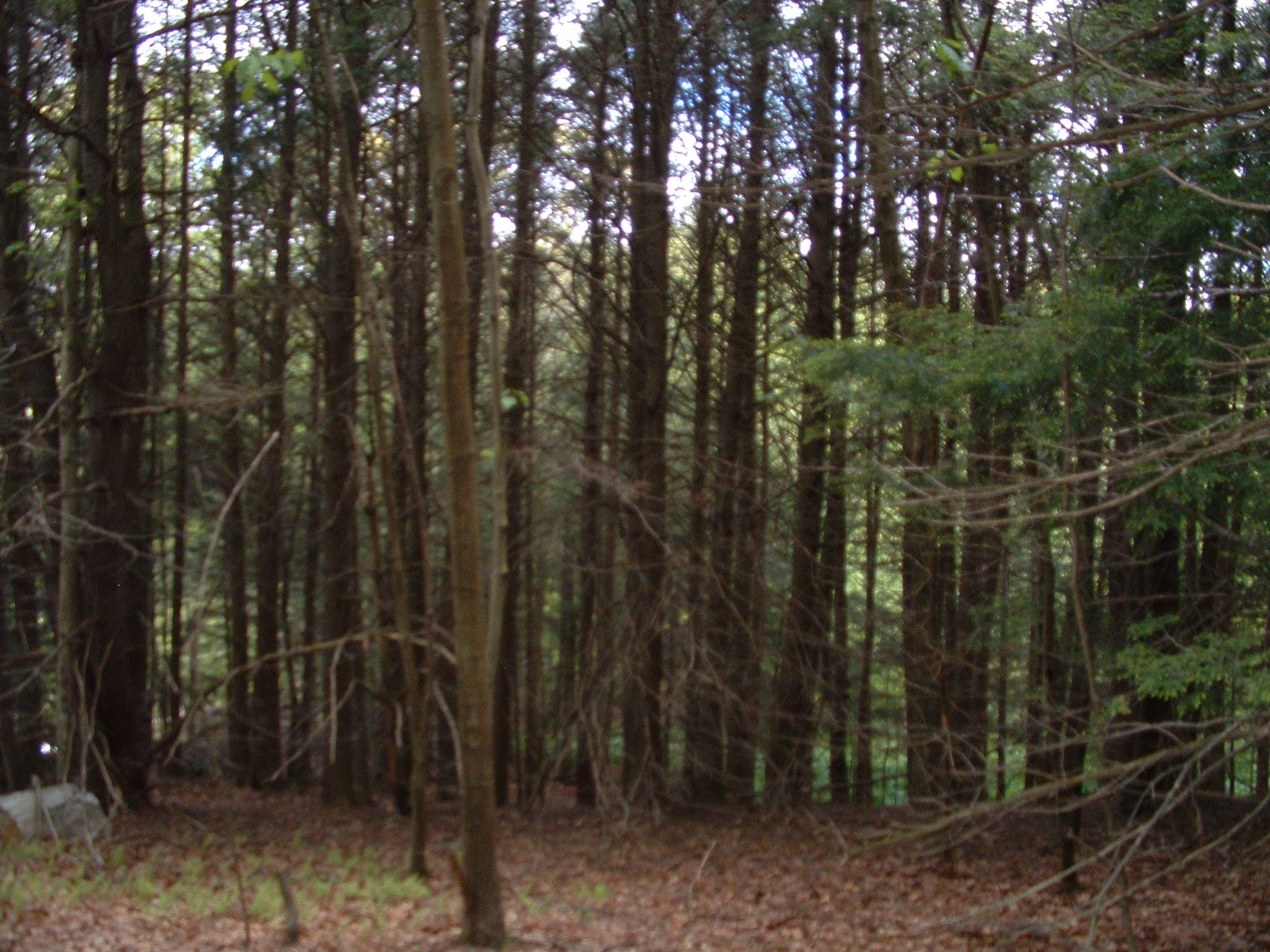

In dense forests, sunlight may not reach the forest floor.
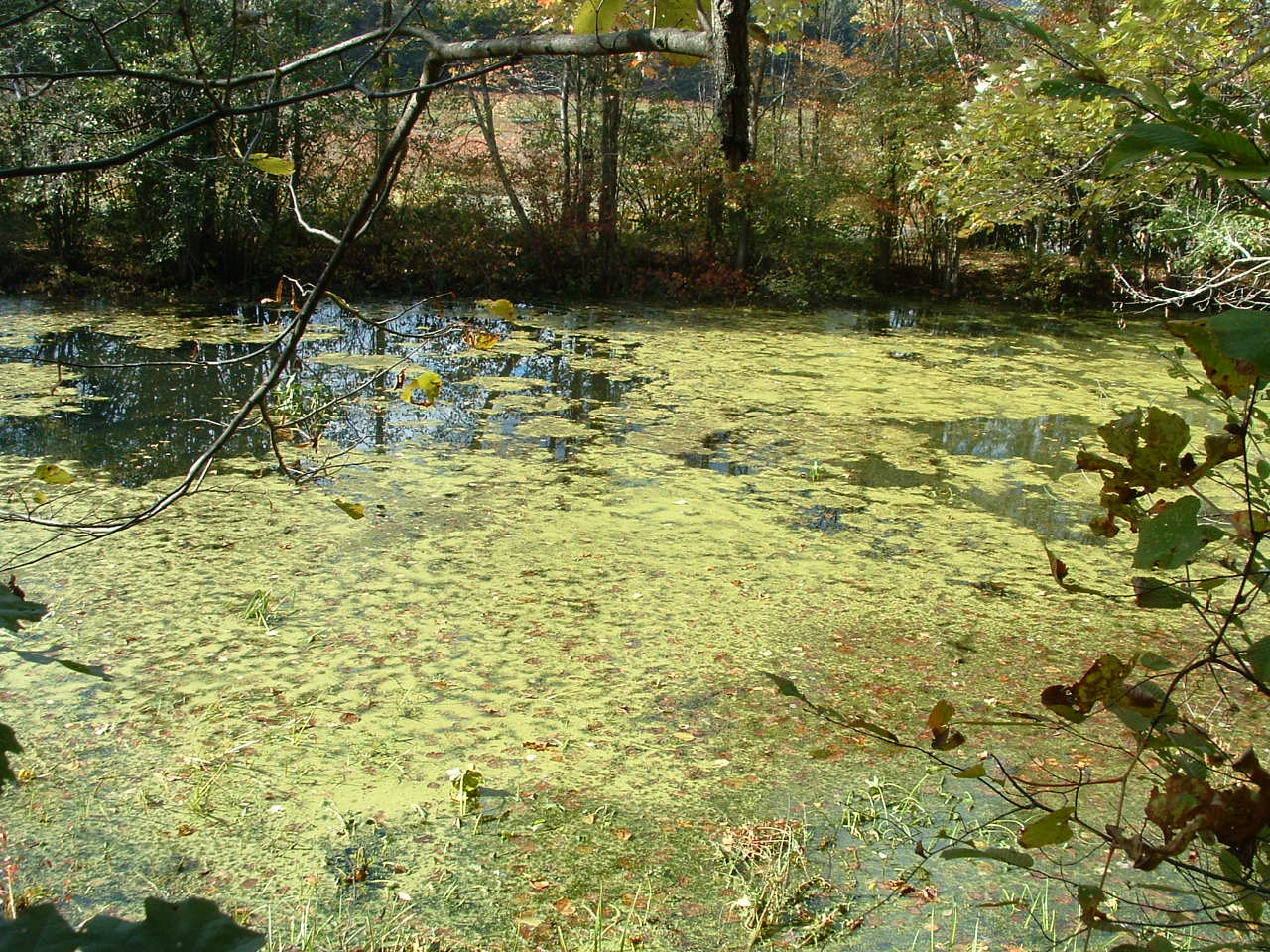
There are stagnant ponds where oxygen in the water is in short supply.
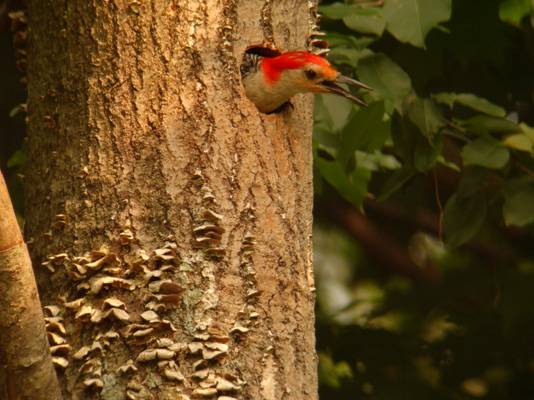
Den sites could be in short supply.
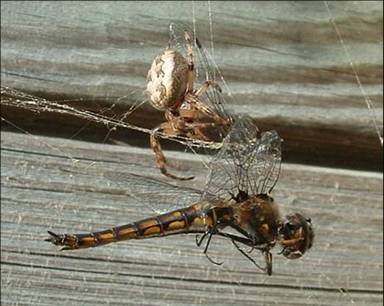
Fact 3: Not all individuals live to reproduce.
As a result of limited environmental resources, not all offspring may survive to reproduce. Some parents may find that none of their offspring survive while others may experience a high survival rate in their offspring. Here is the potential for change: each successive generation will not be identical to the one before it if the offspring of only some parents survive.
The result of the process outlined by Darwin is that there is a natural selection of those individuals most fit to live and reproduce in a certain environment. Any trait that increases an individual's ability to survive or reproduce in a certain environment is called an adaptation. Each species then becomes adapted to a unique set of environmental conditions, its niche. Adaptations can be visible structures (horns, eyes), other physiological mechanisms (immune systems, hormone secretion patterns, "hot/cold blooded"), or even behavior (putting your head in your shell, living in groups, migrating, various methods of attracting mates). Bright coloration can be an adapation for a salamander which produces toxins that discourage predators (so that predators more easily learn to avoid them) while camouflage is a better adapation for other salamanders.
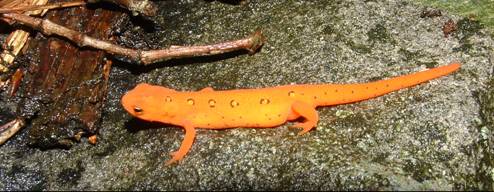
EVOLUTION STEP 2: INDIVIDUALS VARY AND THESE VARIATIONS CAN BE INHERITED
Variations can potentially alter every aspect of an organism’s anatomy and physiology. In humans, for example, there is not one aspect of human anatomy and physiology which does not vary. While bones commonly vary in shape, some humans are missing bones, some have extra bones (e.g. ribs, vertebrae, digits, skull bones), and some have fusions of bones. Muscles can vary and some people have extra muscles or are missing muscles. Blood vessels can vary and some people have extra blood vessels or are missing blood vessels.
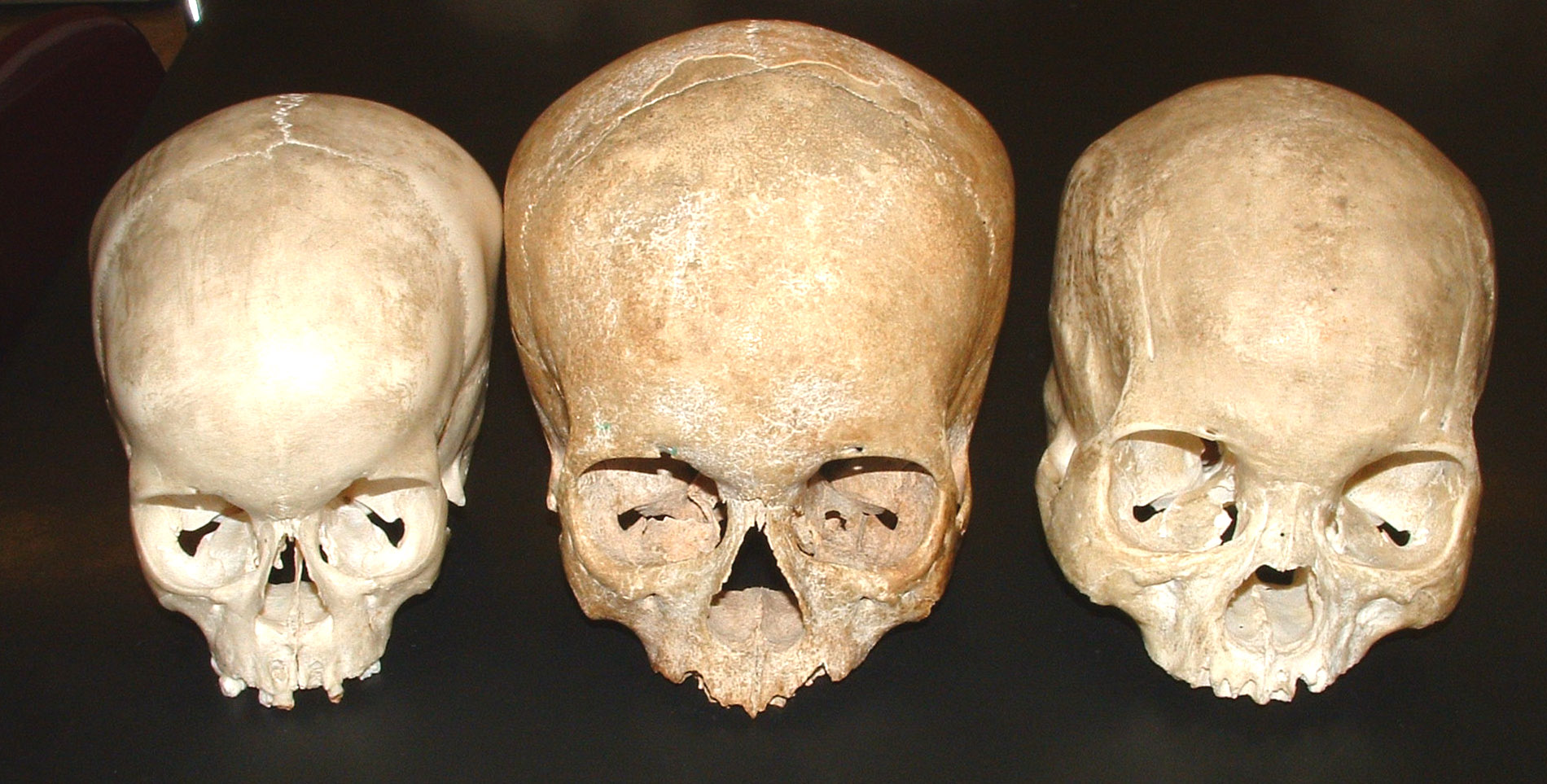
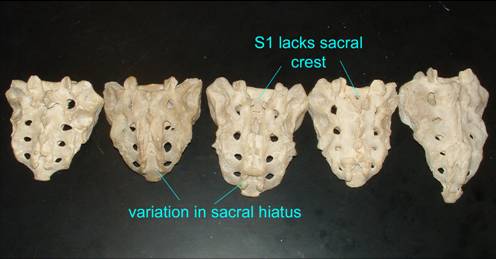
2B) GENETIC CHANGES CONTINUTALLY ARISE AND CAN BE INHERITED
Mutations are so common that every human is a mutant many times over. Sexual reproduction includes several processes (random fusion of gametes, independent assortment of chromosomes during gamete formation, and crossing over of genetic material during gamete formation) which give two people the genetic potential to produce more genetically different children than there have ever been human children.
The average mutation rate in humans is thought to be about 2.5 x 10-8 mutations per nucleotide per generation, resulting in 175 new mutations per diploid genome generation Of these175 new mutations per diploid generation,10 are deleterious (Reed, 2006; Nachman, 2000). Thus, every human is a mutant (and the host of well over 100 new mutations, at that). Given that the average spontaneous generation rate would produce multiple mutations per male gamete, a man who makes the average of 300 million gametes in a day will generate more separate changes to the human genome in one day than separate the human genome from that of chimps. In fact, given that the human genome contains 3 billion nucleotides, each man could potentially mutate every single nucleotide of the human genome in at least one sperm every single day.
2C) GENETIC CHANGES CAN BE BENEFICIAL AND CAN INCREASE COMPLEXITY
While some variations are detrimental to the point that they cause a genetic disorder or even death before birth, others are the source of the normal variations which cause one person to vary from another, one dog to vary from another, one fly to vary from another, etc.
Beneficial genes in humans include lactase persistence, chemokine receptors variants which reduce HIV infection (and may have been selected for in Europeans as an adaptation against smallpox infection), Duffy negative alleles (whose percentage approaches fixation in central Africa and which offers close to complete protection from vivax malaria). Beneficial mutations are known in many species. Adaptive changes in genes are evident when the genomes of related species (such as Drosophila melanogaster and D. simulans) are compared and amino acid substitutions in specific genes are significantly higher than the number expected under neutral drift. Comparisons of human and chimp genomes reveal regions that have undergone modifications at rates much higher than background rates, indicative of positive selection.
Mutations can increase genetic complexity in addition to modifying existing genes. There are a number of ways in which genomes can change and new information can be added to genomes. These include gene duplication, segmental duplications of chromosomes, exon shuffling, lateral transfer, gene fusion, alternate splicing, and frameshift mutation. All of these have been observed in the human genome. For example, gene duplication can add to the number of photoreceptor genes which contribute to color vision. While most humans have one red and one green opsin gene on their X chromosomes, gene duplications have produced as many as 4 red and 7 green genes in individuals.
If two populations are separated, they each undergo their own changes over time, independently of each other. What can separate populations? Isolating mechanisms may consist of geographical barriers such as mountains, rivers, oceans, and canyons. For example, populations of people or dog in one geographic region of the world changed independently from those in different geographic regions. Other populations may be separated by different breeding times, different mating songs, adaptation for different habitats, or genitalia that do not fit well together.
The earth is a big place. A great percentage of the modern and past biodiversity seems to have resulted from the geographic isolation of species. Populations on islands are geographically isolated from mainland populations and can adapt to new conditions. Much of the biodiversity of islands (such as Hawaii, the Galapagos, etc.) are endemic, occurring there and nowhere else. Speciation which has occurred on islands includes the great diversity of Hawaiian birds, the lemurs of Madagascar, a quarter of the world's species of Drosophila which diversified on Hawaii, and the marine iguana of the Galapagos. Some island species increased in size such as the giant Galapagos tortoises, a meter long insectivore, or world's largest lizard, the Komodo dragon. Some island species decreased in size such as several lineages of dwarf elephant that lived in the past. Many island species lost the ability to fly such as the diverse species of moas from New Zealand, the elephant bird of Madagascar, the dodo, a large flightless goose existed on New Zealand (Cnemiornis calcitrans), a flightless parrot from New Zealand (the kakapo), and a flightless comorant from the Galapagos. Geographic barriers can separate populations, such as the antelope squirrels on opposite sides of the grand canyon ( Campbell, 2003).



EVOLUTION STEP 4) ISOLATED POPULATIONS ARE LESS ABLE TO REPRODUCE WITH EACH OTHER, EVENTUALLY FORMING DIFFERENT SPECIES
Genetic changes in one group can decrease the likelihood of successful mating with members of a separate group.
A variety of genes have been identified which contribute to the reproductive isolation and speciation of related populations. Genetic analysis indicates that there are often multiple genes capable of killing hybrids or rendering them infertile. (For example there are thought to be 190 such genes acting on D. simulans × melanogaster crosses.) It may be that the reproductive isolation of populations involves a greater number of genes as more time passes (Mallet, 2006). Some, but not all, of the genes which cause male infertility in hybrids affect the motility of sperm (Reed, 2004).
The formation of new species from ancestral species often involves chromosomal changes. Segments of chromosomes can be duplicated, deleted, translocated, and inverted. All of these types of chromosomal changes are known to occur within human populations. When comparing the genome of one species to another, many observed differences can be attributed to segments of chromosomes which have been duplicated, deleted, translocated, and inverted. These chromosomal arrangements are implicated in the reproductive isolation of populations and the formation of new species. For example, in insects, chromosomal changes have been implicated in the recent speciation of fruit fly and mosquito species groups (Ayala, 2005). The large salivary chromosomes of flies make them ideal for the study of chromosomal inversions.
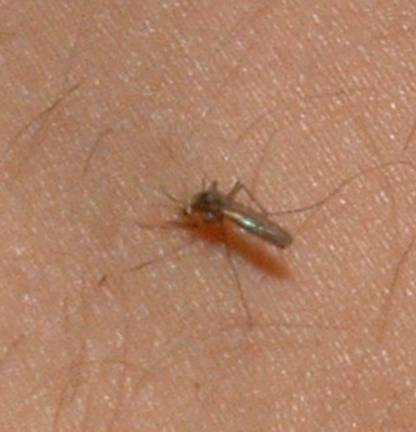

In polyploidy, an embryo receives an entire extra set of chromosomes. There are many modern species which have arisen through more recent polyploidy events ranging from microorganisms to vertebrates.Another possible form of mutation is the change of chromosome number through the fission of one ancestral chromosome into multiple daughter chromosomes or the fusion of multiple ancestral chromosomes in to a new single chromosome. One of the most obvious genetic changes which occurred in human ancestors is the fusion of two smaller chromosomes in apes to produce the second largest chromosome in humans, chromosome 2 (which changed the diploid chromosome number in humans from the ancestral ape count of 48).

STEP 5: MORE TIME, MORE CHANGES
Evolution is occurring all around us. Countless populations are diverging from their relatives. Many of these have already formed subspecies. Many are almost to the point where they are recognized as different species and are called semispecies. Many species are still capable of some degree of reproduction with their related species, forming species complexes. As more time passes, greater degrees of change accumulate between the descendants of a common ancestor.
